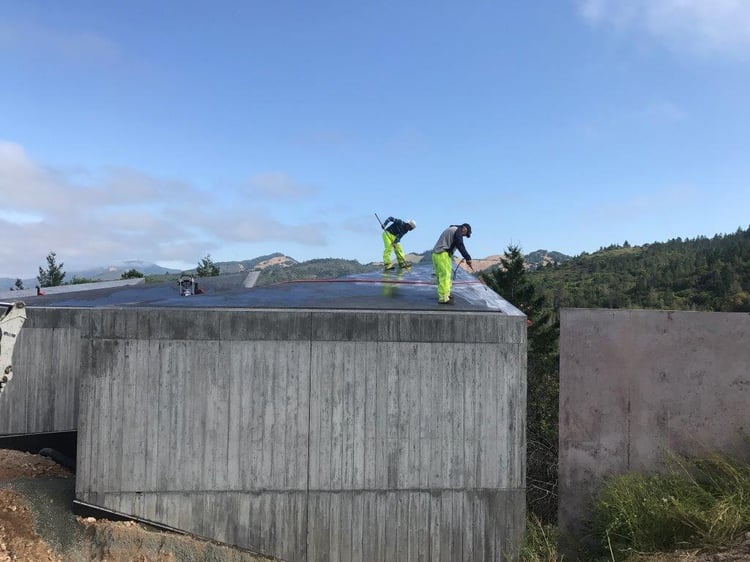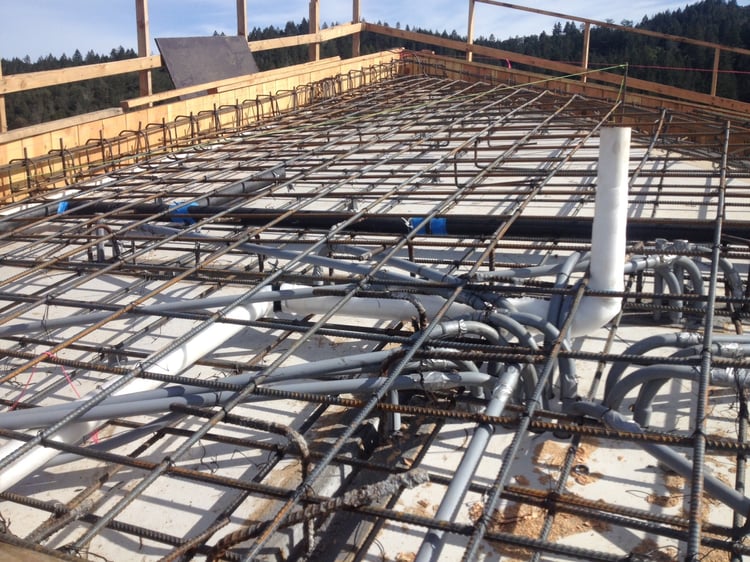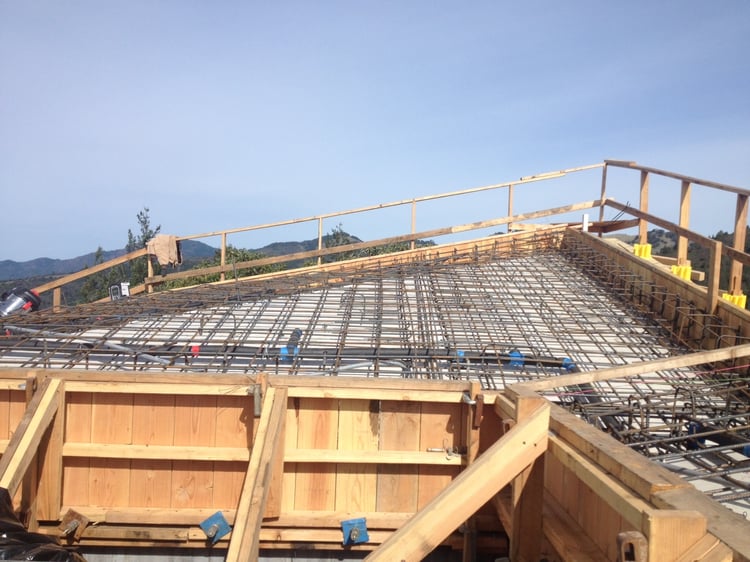Building with concrete is nothing new. In existence for over 12 million years, it has historical significance. You’ll find Romans built numerous concrete structures, including the Pantheon. Today, concrete is ubiquitous. This composite material consists of fine and course aggregate bonded by cement and water that hardens over time. Concrete is chosen for its strength and aesthetic, characteristics particularly attractive for homeowners looking for a resilient dwelling. This Nordby Effect post discusses things to consider when designing and building a concrete home.

1. Design. Take every opportunity to make sure the design meets your requirements. Once the structure is built, you could say that the design is set in stone. For example, once the lighting is placed, there is no going back. Working with an outstanding concrete contractor can make all the difference. Mesfin Getaneh from Partners Contracting, Inc. provided superb guidance and expertise on the nuances of architectual concrete.
2. Mockups. Mockups are sample panels made with the same materials and techniques that will be used on your home. Sample panels help the project team to understand what can be built and how it will appear. When Nordby constructed a concrete guest home in Glen Ellen, our team built three mockup panels that were full thickness of the walls and provided six different finish options from simple cleaning and sealing to acid etching.
3. Color Consistency. A simple color chart is not enough. The best way to ensure consistency is to perform a trial of the desired mix. The trick is maintaining the color. To keep the mix consistent for every batch, it’s important to sustain the same cement type and brand, aggregates, and water-cement ratio. For the Glen Ellen guest home, our team utilized the same Shamrock cement batch for mixtures. Other areas that may color consistency include finishing practices, timing, and curing methods. Patrick Miller from Bohemian Stoneworks provided vast knowledge on the chemistry of concrete sealers and their effect on appearance today and in the future.
4. Waterproofing. It’s important to plan for waterproofing. Concrete must be cured a minimum of 7 days, preferably 14 days, prior to membrane application. Ultimately, building with concrete requires a sharpened focus on preventing water from coming between the joints. Xypex or other waterproofing additives should be considered when pouring architectural concrete as part of a living space.
5. Construction Costs. There’s a lot more labor in concrete. It is important to pay close attention to panel layouts between the walls and the ceiling. Typically, it takes a bit longer to build a cement home. The curing of concrete requires additional time and effort, resulting in an increase of construction costs.


6. Insulation and Acoustics. Insulating with Thermomass insulation provides a great alternative to Insulated Concrete Forms [ICFs] when you want the insulating properties of ICF but want to see the beautiful cast-in-place concrete. Thermomass insulation allows a thinner interior wall reinforced with wire and structural exterior wall with rebar reinforcement. Insulated concrete provides a thermal mass that adjusts to it's environment. Acoustically, interior spaces are buffered from outside noise but are rather loud on the inside. Check out www.thermomass.com for some creat insulation products for concrete construction.
7. Fire Resistant. Concrete homes are more fire resistance. During the 2017 firestorm, the fire burned up to the guest house in Glen Ellen, but the structure remained unharmed.
8. Mold and Pest Mitigation. A concrete home is healthier in terms of mold and mildew. If mold does happen occur, it’s treatable. Additionally, concrete walls provide an impenetrable barrier from pests like termites or rodents.
9. Resilient. Longevity is one way to describe a concrete home. It will not require paint and will be just as beautiful if you let your home age naturally.
10. Energy Costs. Concrete homes maintain temperature. The concrete walls provide a greater buffer from seasonal and daily changes.
Did we provide you with food for thought or did we miss something? Please share your thoughts on concrete homes with us in the comments section below.







